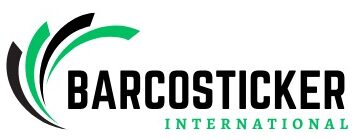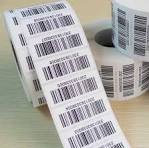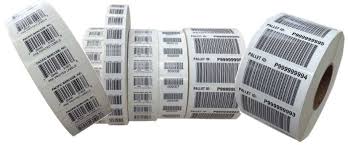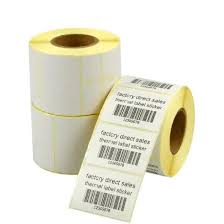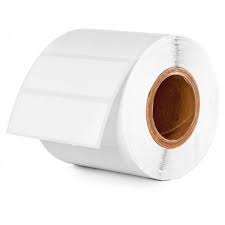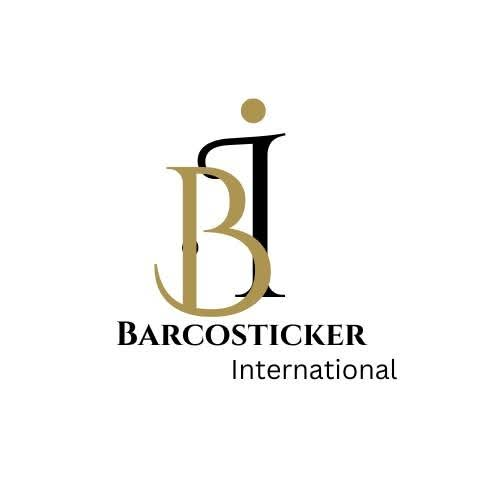A barcode stickers is a label published with a machine-optional code that is made of figures and similar lines (1D) or pattern (2D). These stickers are connected to items, wrapping, or instruments and scans are checked using barcode viewers or mobile devices to instantly recover data stored in the database.
Each barcode has modern information, such as product ID, price or stock-keeping unit (SKU). This helps businesses quickly identify, track and manage items without manual data entry.

Benefits of using barcode stickers:
1. Improvement in accuracy:
Barcode stickers eliminate manual entry errors. A simple scan ensures that the correct product is identified each time.
2. Rapid data collection:
Barcode is much faster than input, digitizing or writing them. This speeds up operations such as checkouts, shipping and inventory checks.
3. Cost effective:
Barcodes are inexpensive and reduce labor costs by simplifying processes such as inventory control and point-off-cell transactions.
4. Better inventory management:
Using barcode stickers helps to monitor the level of real-time tracking stock, reduce losses and avoid overstocks or stockouts.
5. Customer experience increased:
In retail, barcode scanning accelerated checkouts, improving customers’ satisfaction and reduced waiting time.
Types of barcode stickers:
1. Paper Barcode Sticker:
Ideal for temporary use such as price tag or short -term labeling. They are expansive and easy to print.
2. Polyester or synthetic barcode sticker:
Suitable for more durable, prolonged use or rigid environments such as godowns, factories or outside.
3. Tampering barcode sticker:
Designed for safety purposes. If removed, the sticker leaves a mark or breaks down, preventing reuse.
4. Thermal transfer barcode sticker:
The thermal is used with printers and offers long -lasting print quality. Common in logistics and manufacturing.
5. Direct thermal barcode sticker:
Ink or ribbon is not required. They are more suitable for short -term applications such as shipping labels.
General Application of Barcode Stickers
Retail: Product labeling, price tag, and point-off-cell scanning.
Logistics: shipping label, package tracking, and order supply.
Healthcare: Patients restband, medicine tracking and asset management.
Manufacturing: Inventory control, raw material tracking and quality control.
Library: Book Cataloging and Czech-out/check-in system.
Event Management: Ticketing and participating tracking using barcode pass.
How to choose the right barcode sticker:
When choosing barcode stickers, suppose the following:
Label Size: Size should fit the item lacking clarity.
Adhesive type: Eternal adhesives are real for prolonged use, while detachable adhesives are appropriate for temporary labeling.
Printer Compatibility: Make sure the sticker substance is agreeable with your thermal or laser printer.
Barcode type: 1D (e.g. UPC or EAN) or 2D (such as QR code) relying on the quantity of data and imager capacity.
Where to buy Barcode Stickers?
You can buy barcode stickers from:
- Online retailer (eg Amazon, Urine, or Special Labeling Companies)
- Office supply store
- Label printing services that provide custom stickers with your desired format and barcode type
For large -aim businesses, funding in barcode plotters and label pattern software can provide more elasticity and cost conservation over time.
Conclusion:
Barcode stickers are little but stronger tools that help optimize operations, improve precision and assist business development. Whether you are managing inventory in a warehouse or selling products in a store, you can save time using barcode stickers, reduce errors, and provide valuable insight into your operation.
By choosing the right type of barcode sticker and integrating it with your business systems, you can enjoy a more efficient, organized and scalable workflow.
